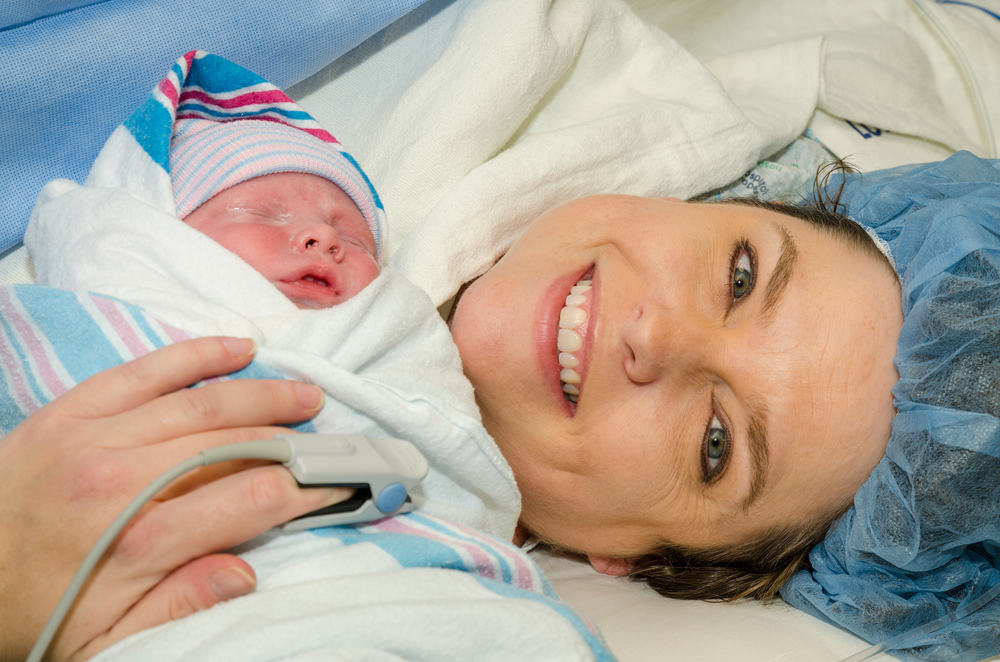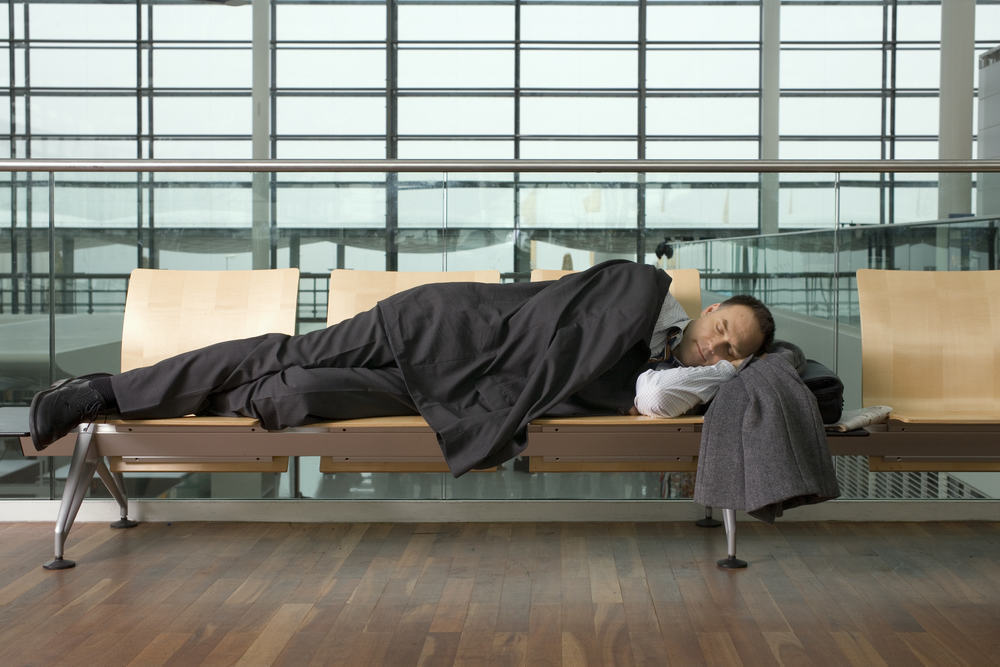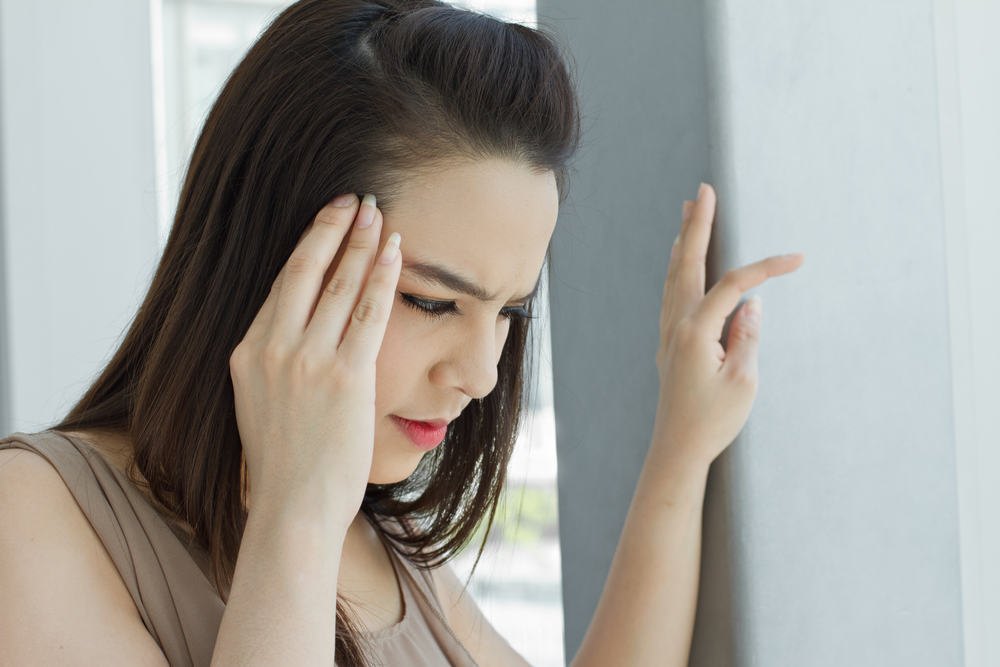Contents:
Medical Video: A brief guide to gonioscopy
Definition
What is gonioscopy?
Gonioscopy is an eye examination to see the front of your eye (the anterior chamber) between the cornea and the iris. Gonioscopy is a painless examination to see if the area where the fluid comes out of the eye (called the drainage angle) is open or closed. This procedure is usually done during a regular eye exam, depending on age and whether you have a high risk of glaucoma.
Gonioscopy is done when the doctor refers you to check for glaucoma. Glaucoma is an eye disease that can cause blindness by damaging the optic nerve. If you have glaucoma, gonioscopy can help your eye doctor see what type of glaucoma you have.
When do I have to undergo gonioscopy?
Gonioscopy is performed for:
- look to the front of the eye to check for glaucoma
- see if the eye drainage angle is closed or almost closed. This helps your doctor see what type of glaucoma you have. Gonioscopy can also look for wounds or damage to the drainage angle
- treat glaucoma. When gonioscopy, laser light can be directed through a special lens to the drainage angle. Laser treatment can reduce eye pressure and control glaucoma
- check for birth defects that can cause glaucoma
Prevention & warning
What should I know before undergoing gonioscopy?
Other tests can be done to check for glaucoma or other eye problems. These tests include examination slit lamp, tonometry (measuring pressure inside the eyeball), Ophthalmoscopy (examining the optic nerve), and perimetry (checking side vision). It is important for you to know the warnings and precautions before carrying out this test. If you have questions, consult your doctor for further information and instructions.
Process
What should I do before undergoing gonioscopy?
If you use contact lenses, take them off before doing this test and don't use them for about 1 hour after the test or until the medication used to numb your eyes is reduced. If your eyes are distended (enlarged pupils) during an examination, make sure someone is taking you home.
How is the gonioscopy process?
Gonioscopy is usually done by doctors who treat eye problems (ophthalmologist). Eye drops will be given to anesthetize the eye so you don't feel the lens touches your eyes when the examination is done. When gonioscopy is done, you will be asked to lie down or sit in a chair. Microscope (slit lamp) will be used to look into your eyes. If you sit, you will place your chin on the back of your chin and your forehead will be supported, and you will be asked to look straight ahead. A special lens will be placed lightly on the front of your eyes, and a narrow beam of bright light will be directed into the eye. The doctor will see the width of the drainage angle passing slit lamp. The examination will take less than 5 minutes.
What should I do after undergoing gonioscopy?
If your pupils are distilled, your vision can be blurred for several hours after the examination is done. Do not rub your eyes in the first 20 minutes after the examination, or after the effects of the drug are reduced. If you have questions relating to the process of this test, consult your doctor for a better understanding.
Explanation of Test Results
What do the test results mean?
Normal:
The drainage angle looks normal, wide open and not closed.
Depending on the laboratory of your choice, the normal range of "this test" can vary. Discuss the questions you have about the results of your health test with your doctor.
Abnormal:
The drainage angle looks narrow, split slightly, or closed. This means the angle is partially or completely closed, or there is a risk that the angle will be closed later. Closed angle of drainage can mean you have closed angle glaucoma. There are many reasons why the drainage angle is blocked. This includes injuries, abnormal blood vessels, injury or infection, and extra color pigments on the iris.
Hello Health Group does not provide medical advice, diagnosis or treatment.











